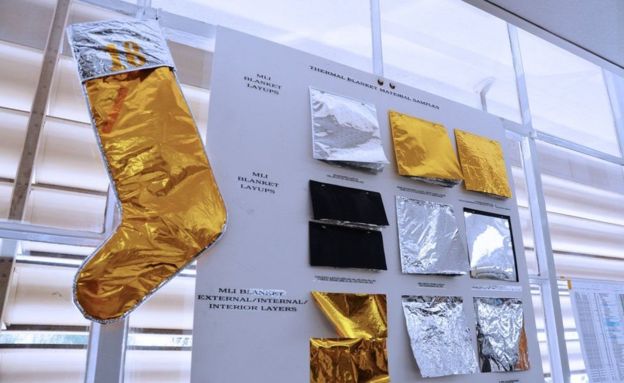
The ambassadors’ program is part of a public engagement effort through NASA “that works with motivated volunteers across the nation to communicate the science and excitement of NASA's space exploration missions and discoveries with the people in their communities,” according to the agency’s website. We have lots of answers'Īlong with Sullivan and McGuire, eight NASA Solar System Ambassadors volunteered at the event, traveling from as far as Newark, New Jersey, to the east and Lancaster to the west to participate. Accessed July 2014.The agency did use it as an outer coating for spacesuits because of its low friction properties, but it wasn’t technically invented by or for astronauts.

ReefBase: A global information system for coral reefs. Global climate change impacts in the United States. greenhouse gas emissions and sinks: 1990–2014. Climate change indicators in the United States, 2016. Technical support document for endangerment and cause or contribute findings for greenhouse gases under Section 202(a) of the Clean Air Act. Using and saving energy for transportation. Energy use in homes: Residential Energy Consumption Survey 2009. Synthesis and assessment product 4.1: Coastal sensitivity to sea level rise: A focus on the mid–Atlantic region. UNEP/GRID–Arendal Maps and Graphics Library. Trends in spring snow cover duration for the Northern Hemisphere, 1970–2004. Climate change and malaria, scenario for 2050. United Nations Environment Programme (UNEP)/GRID–Arendal. –state–building–energy–efficiency–leed–gold/. Empire State Building to go LEED gold, cut energy costs 38%. NOAA/NGDC Paleoclimatology Program, Boulder, CO.
Nasa bbc news today 2016 series#
IGBP PAGES/World Data Center for Paleoclimatology Data Contribution Series #2001–076. Great Barrier Reef Marine Park Authority. A reef manager’s guide to coral bleaching. NOAA and IUCN-The World Conservation Union. National Snow and Ice Data Center (NSIDC)/World Data Center for Glaciology (WDC). Fire information: Wildland fire statistics. The remote sensing tutorial: Use of remote sensing in basic science studies I: Mega–geomorphology. National Aeronautics and Space Administration (NASA). Washington DC: The National Academies Press. Climate stabilization targets: Emissions, concentrations, and impacts over decades to millennia. Philosophical Transactions of the Royal Society B 363: 2755–2765. Palaeoproterozoic ice houses and the evolution of oxygen–mediating enzymes: The case for a late origin of photosystem II. Joint Typhoon Warning Center and National Oceanic and Atmospheric Administration (NOAA). Cambridge, United Kingdom: Cambridge University Press. Fifth assessment report: Climate change 2007. Intergovernmental Panel on Climate Change (IPCC).

How soon can you see green from building green? The New York Observer. Wiley Interdisciplinary Reviews: Climate Change 2:45–65.Įnvironment Canada. Reported cases of Lyme disease-United States, 2009. Climate change and public health: Heat waves.

Accessed March 2011.Ĭenters for Disease Control and Prevention (CDC). Global fossil–fuel carbon emissions: Graphics. Accessed February 2011.Ĭarbon Dioxide Information Analysis Center. EPA has also cited several examples of innovative technologies featured in the news media.īBC News. The facts and figures that appear throughout this website come from high–quality publications such as peer–reviewed scientific journals, international scientific assessments, and government research reports. In developing this website, A Student’s Guide to Global Climate Change, EPA tried to use the most accurate, up–to–date information available. Also, be aware that the privacy protection provided on the EPA.gov domain (see Privacy and Security Notice) may not be available at the external link. Providing links to a non–EPA website(s) is not an endorsement of the other site or the information it contains by EPA or any of its employees. EPA cannot attest to the accuracy of information on that non–EPA page. You will leave the EPA.gov domain and enter another page with more information. This page provides links to non–EPA website(s) that provide additional information.


 0 kommentar(er)
0 kommentar(er)
